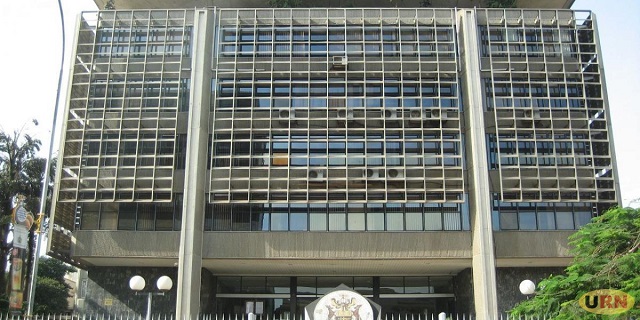
Kampala, Uganda | THE INDEPENDENT | The government is expected to increasingly finance its budget shortfalls from domestic borrowing as international financing options decline further.
This, according to analysis of the fiscal performance at the beginning of this financial year, will continue until, hopefully, when oil imports and imports of oil sector equipment decline and oil revenues increase.
In the three months leading up to October 2023, the current account deficit (the value of imported goods and services over that of exports) improved by 15.2 percent from the same period the previous year.
Financing of the current account deficit was largely from Foreign Direct Investment (FDI) inflows, as loan disbursements to the country weakened amidst the increasing outflow of portfolio investment.
According to records at the Uganda Investment Authority and Bank of Uganda, there was a 20-percent growth in FDI inflows mainly going to the oil sector.
On the other hand, on a net basis (inflows compared to outflows), foreign portfolio investors selling their assets in the country moved out up to 88.7 million dollars.
This was lower than the outflow in the same period a year before, which authorities attribute to a better investment environment in Uganda.
“The reduction in portfolio outflows reflects higher domestic yields, lower exchange rate risks, the return of relative calm to the global financial markets, and sentiments of a possible peaking of monetary policy tightening cycles in the advanced economies,” the report says.
How the balance of payments will look depends mainly on what happens on the global front.
BOU cites factors like the intensity, scale, and duration of the current geopolitical tensions and the duration of the higher interest rates in advanced economies.
“In the short term, increased export revenues will likely support the current account balance given the favorable weather conditions and improvements in the terms of trade as the global commodity prices decline.”
However, if there is a longer period of high-interest rates, which is possible, global financial conditions will be tighter.
The fear is that this will restrict the availability of financing especially to the government and the domestic private sector at affordable terms.
The government therefore expects official loan disbursements to continue declining and FDIs will therefore continue to be the major financing of domestic absorption.
Most hope continues to be in the oil and gas sector “as, during the commercial production phase, the current account deficit will gradually narrow as oil-related imports wane and exports rise.”
Over the period July to October 2023, the government’s expenditure was less than planned, with a total of 11.48 trillion shillings.
This was a shortfall of 1.233. trillion due to underperformance of development expenditure and net lending, but there was also lower performance of the recurrent expenditure (the regular expenses) than budgeted.
However, despite this, interest payments overshot the budget by 55.5 billion shillings reflecting higher interest rates.
“Interest payments and principal repayments are exerting elevated pressure on tax revenues to the extent that for every 100 shillings collected, 32 is used for debt repayments,” the Bank says.
This is not being helped by the underperformance or the revenue collections.
There was an increase in total revenue, including grants, increased by 11.2 percent in the four months relative to the same period in 2022. However, this was 1,173.5 billion lower than the program.
“Consequently, the fiscal deficit, including grants, was 3.211 trillion shillings and was financed largely by domestic borrowing.”
Under these circumstances, there was therefore limited expansion in government operations compared to what had been planned in the first four months of this financial year.
Grants amounted to 251.5 billion shillings, a shortfall of a whole 726.9 billion, while domestic revenue at 8 trillion was short of the program by 446.6 billion shillings.
Consequently, the fiscal operations (government activities including revenue generation and public spending) were in an overall deficit, including grants of 3.21 trillion shillings, which were financed mainly from domestic borrowing.
In the first four months of the financial year, the Uganda Revenue Authority (URA) realized a total cumulative 8.01 trillion shillings of which 530 billion was non-tax revenue.
Tax revenue recorded a shortfall of 320.3 billion shillings, while the non-tax revenue was short of the target by 126.3 billion shillings.
This underperformance but URA is mainly attributed to lower collections in taxes on international trade and indirect domestic taxes, which underperformed by 317.2 billion and 143.3 billion shillings respectively.
Indirect taxes were affected by a shortfall of 95 billion shillings in VAT, while international trade taxes underperformed mainly due to lower collections of VAT on imports
********
URN
 The Independent Uganda: You get the Truth we Pay the Price
The Independent Uganda: You get the Truth we Pay the Price


